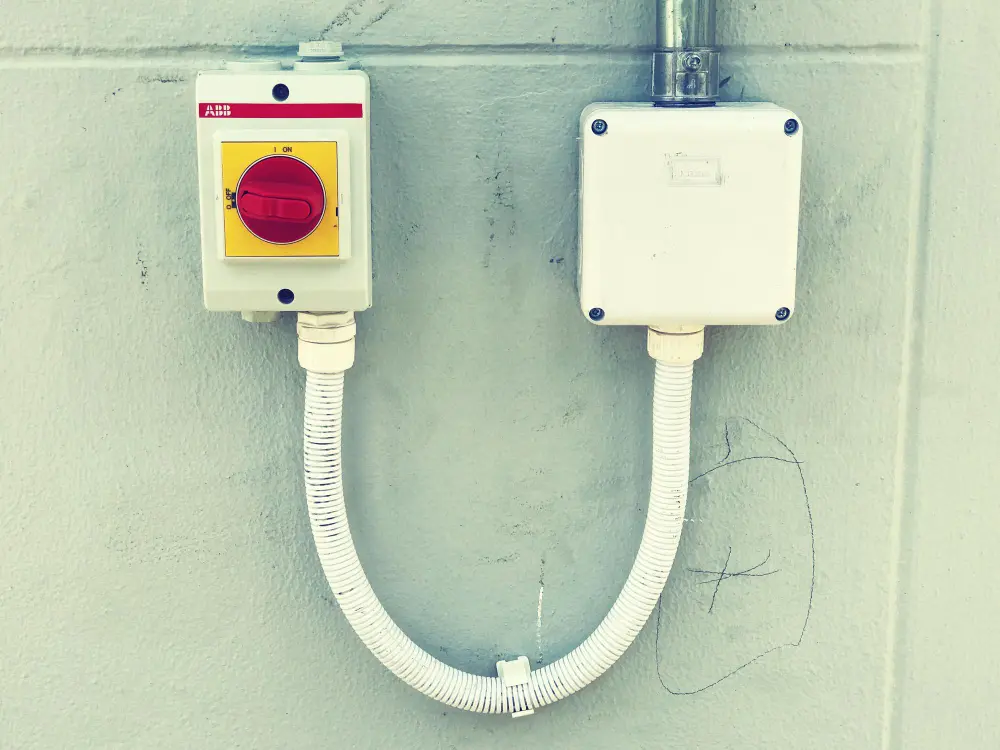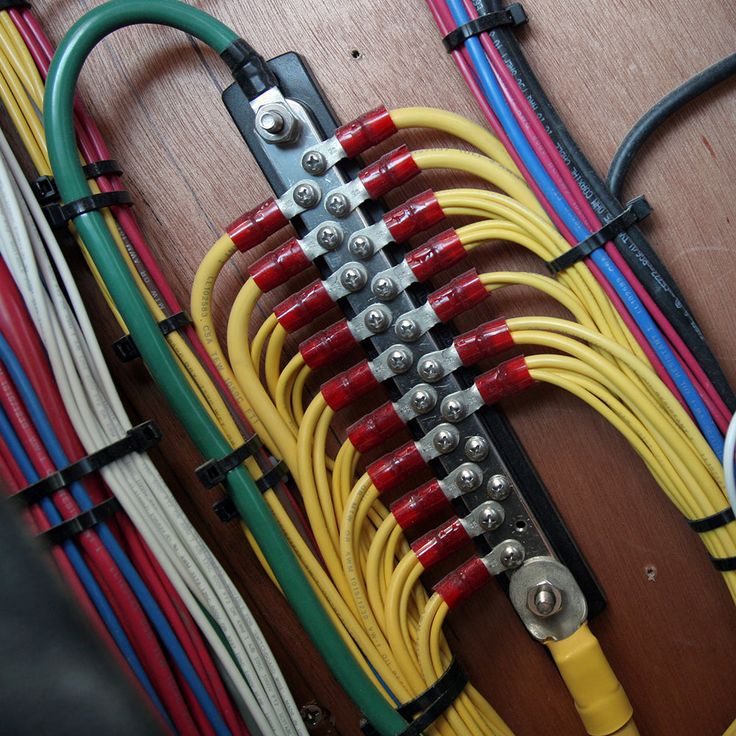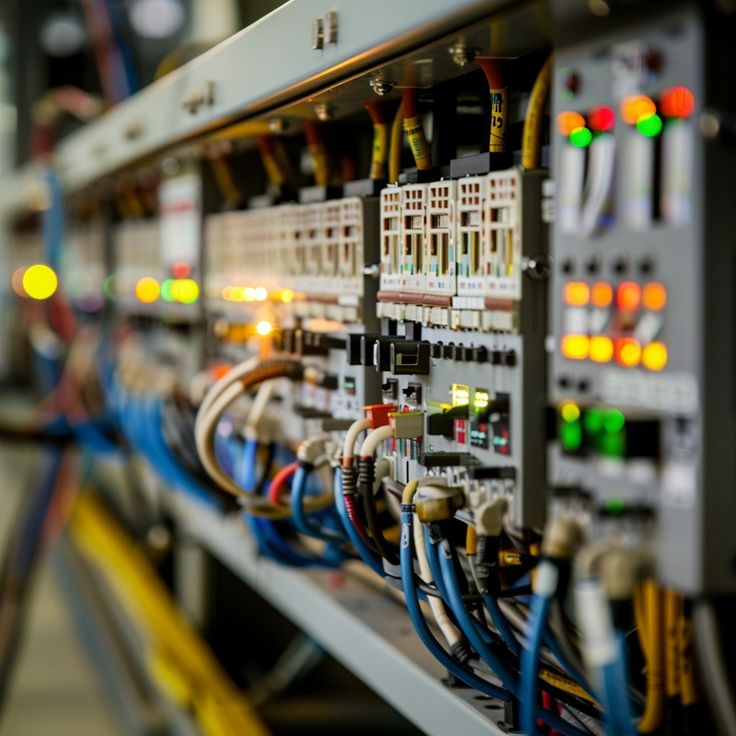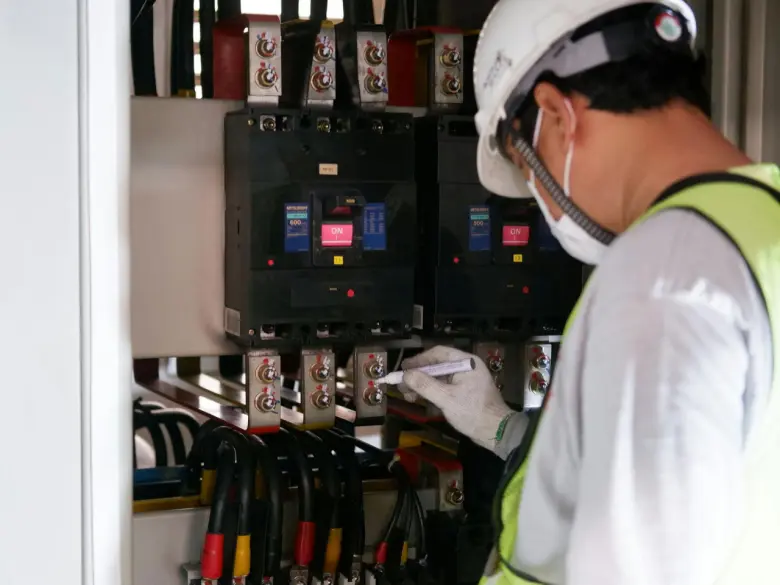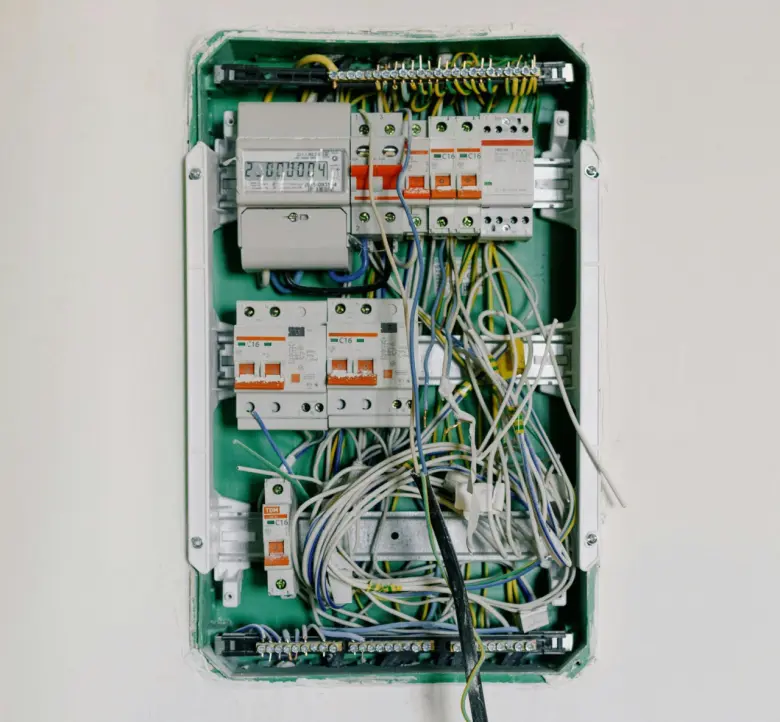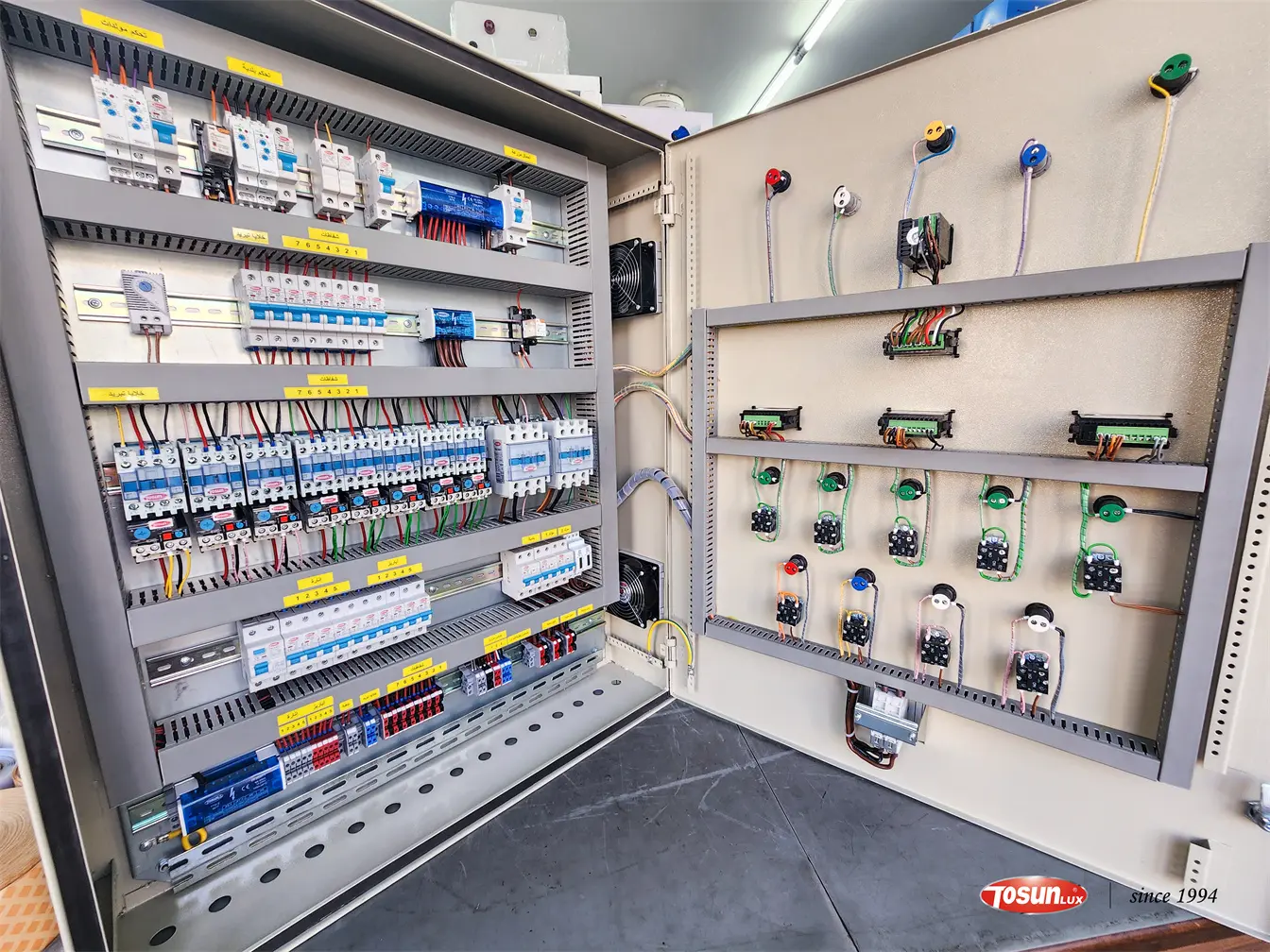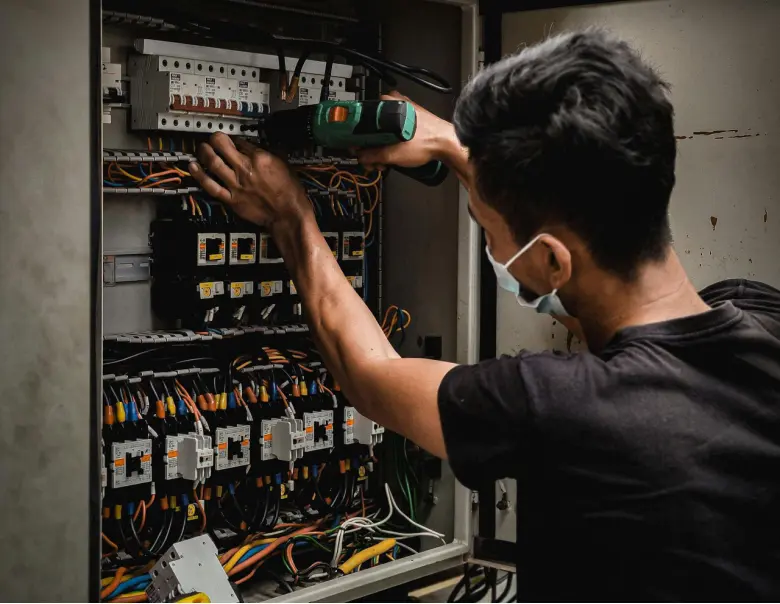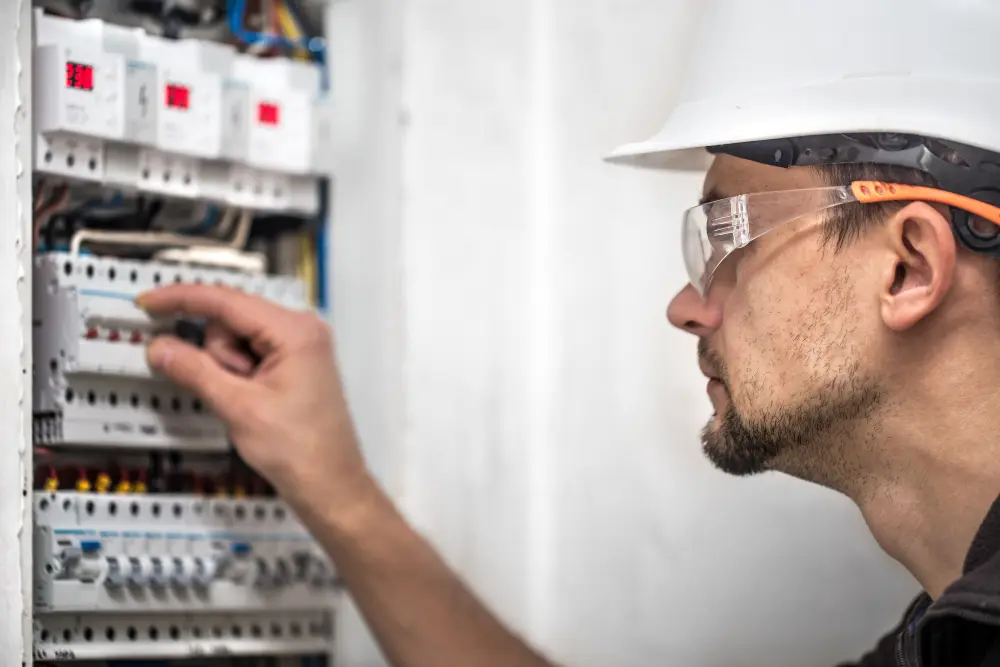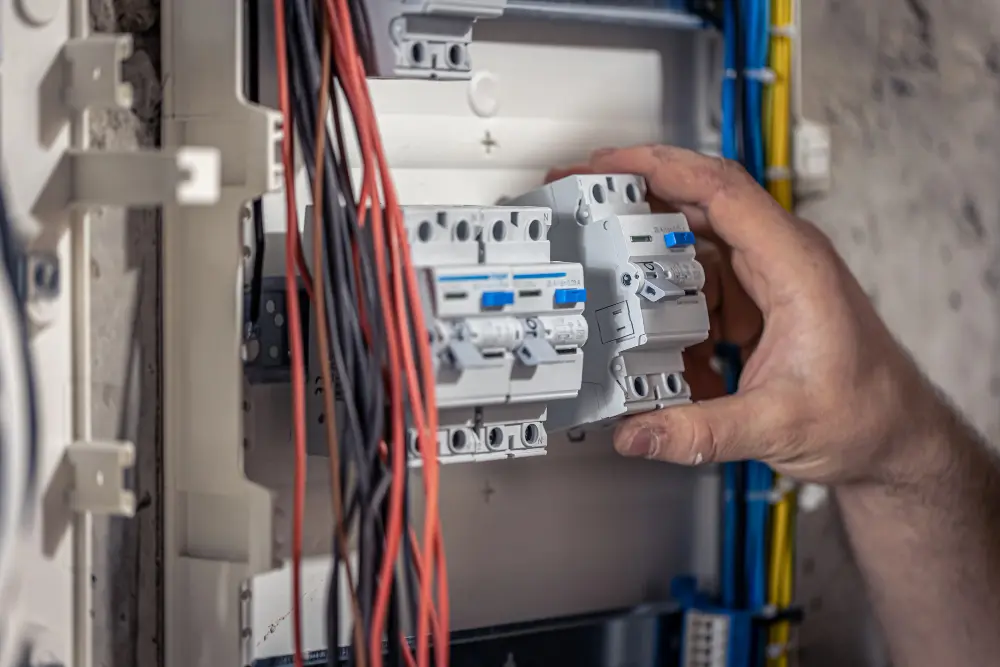Fused vs Non Fused Disconnect Switch: What’s the Difference?
07th Mar 2025
A disconnect switch is an essential safety device that isolates electrical equipment from the power supply. The two primary types are fused disconnect switches and non-fused disconnect switches, each serving distinct purposes. The key difference is that a fused disconnect switch includes a built-in fuse for overcurrent protection, while a non-fused disconnect switch only provides isolation without protection against faults. Choosing the right type depends on factors such as application, electrical load, and safety requirements. Fused vs Non Fused Disconnect Switch: Key Differences Feature Fused Disconnect Switch Non-Fused Disconnect Switch Overcurrent Protection Yes (Built-in fuse) No (Only provides isolation) Short Circuit Safety Yes (Prevents faults) No (Does not prevent overloads) Cost Higher due to fuse integration Lower (No fuse required) Maintenance Requires fuse replacements Minimal maintenance required Usage Industrial equipment, motors, HVAC Low-power applications, simple loads Fused Disconnect Switch: What is It? A fused disconnect switch combines an isolation switch with built-in fuses that automatically interrupt the circuit in case of overcurrent or short circuits. The fuse acts as a protective barrier that prevents excessive electrical flow from damaging equipment or causing fires. Advantages of a Fused Disconnect Switch: ✅ Overcurrent Protection – Prevents equipment damage by breaking the circuit if excessive current flows.✅ Short Circuit Prevention – Reduces the risk of fire or electrical hazards due to high fault currents.✅ Compliance with Electrical Codes – Often required by electrical safety regulations. When to Use a Fused Disconnect Switch: When overcurrent protection is required; When working with high-power equipment that needs fault protection; In industrial […]
Read More : +86-139 0587 7291
: +86-139 0587 7291 English
English Español
Español Русский
Русский Français
Français العربية
العربية Português do Brasil
Português do Brasil Українська
Українська Türkçe
Türkçe Polski
Polski Nederlands
Nederlands Italiano
Italiano Bahasa Indonesia
Bahasa Indonesia हिन्दी
हिन्दी اردو
اردو አማርኛ
አማርኛ Հայերեն
Հայերեն ไทย
ไทย Монгол
Монгол فارسی
فارسی Shqip
Shqip Ελληνικά
Ελληνικά
